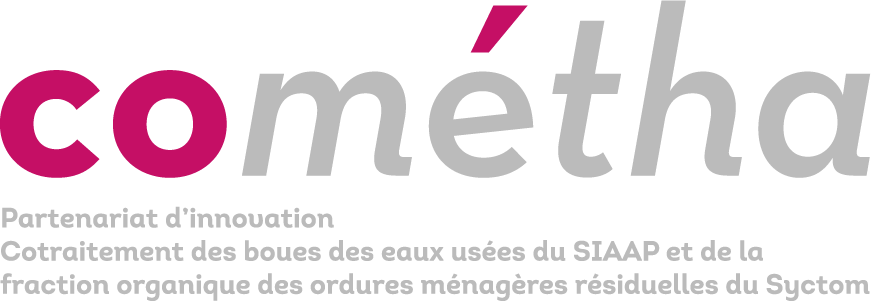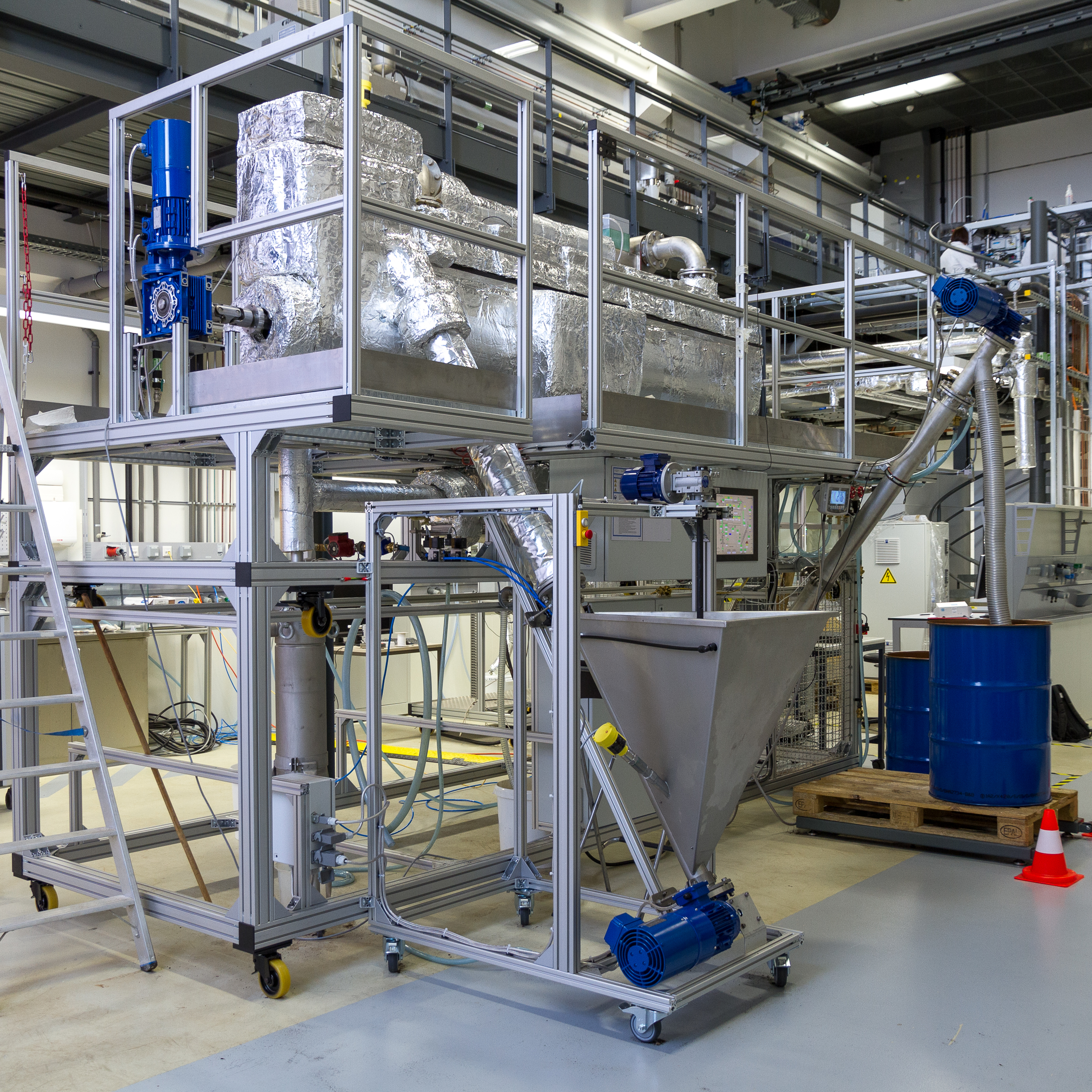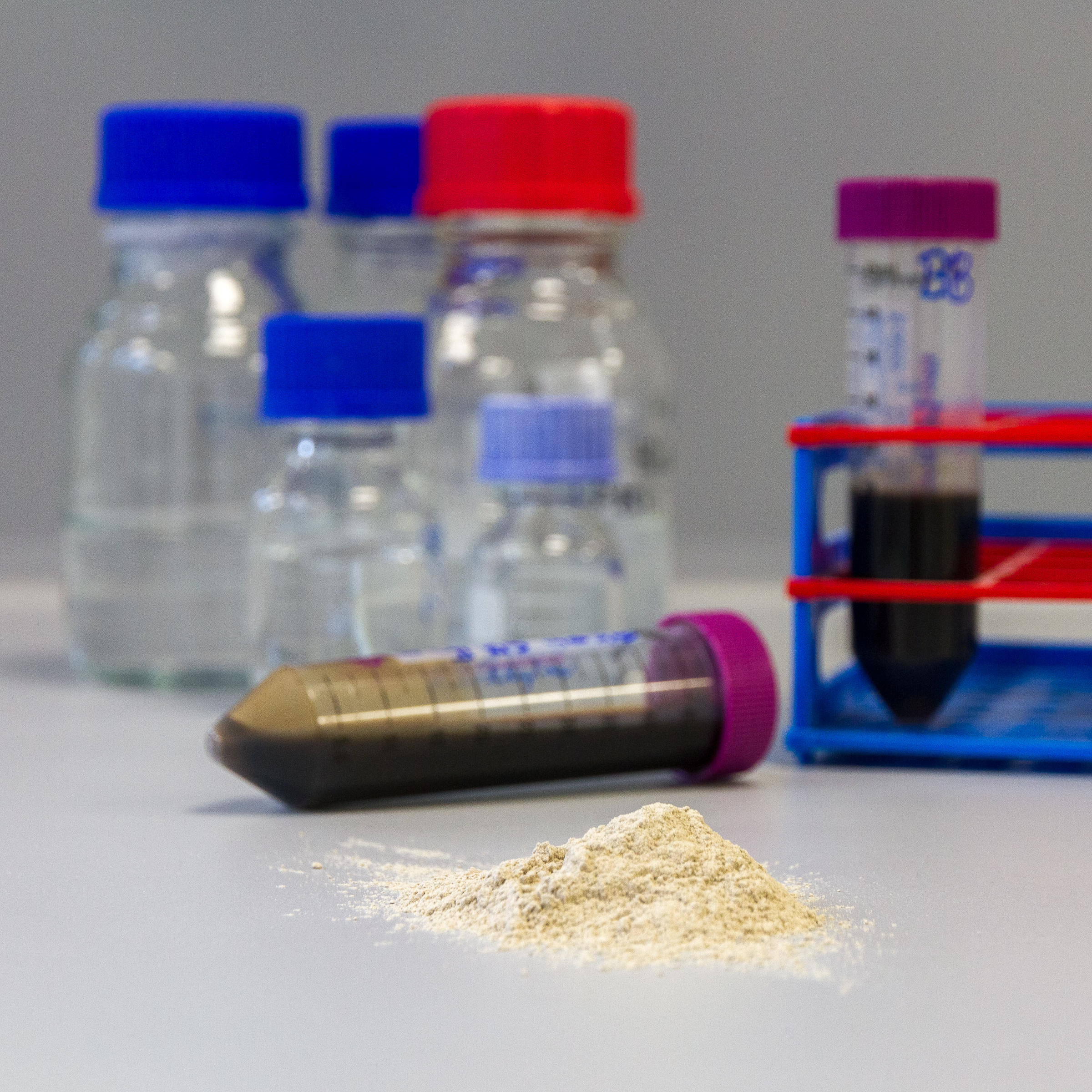Objective: Co-méthanization with the best energy balance
Both public operators have set up an innovation partnership in order to efficiently convert all municipal organic waste in the greater Paris area combined with sewage sludge into biogas or methane – a regenerative energy source. The aim is to maximize the conversion of organic carbon to methane. By-products are to be minimized and nutrients e.g. phosphates recovered. The highest environmental standards are achieved. Following a competitive bidding process four consortia were contracted for scientific analysis and planning of the pilot unit.
Project plan
The Franco-German consortium with participation of Fraunhofer IGB has developed a solution which optimally combines the individual processes. In phase 1, laboratory-scale investigations were carried out and the pilot plant was designed. If contracted for the next stages, the results generated with this pilot plant will deliver a solid base for the planning and construction of a highly efficient large-scale plant.
Opening of the pilot plant
The consortium's pilot plant uses an innovative process combination that achieves a significantly higher biomethane yield compared to conventional plants. In addition to biomethane production, the plant contributes to the recovery of essential nutrients such as nitrogen and phosphorus. At the end of December 2024, the pilot plant, which was realized with significant contributions from Fraunhofer IGB, was put into operation in Paris.
The role of Fraunhofer IGB
Fraunhofer IGB helps to realize sustainable, future-oriented nutrient management.
Nitrogen and Phosphorous are recovered leading to no additional load for the sewage plant. Furthermore, Fraunhofer IGB evaluated wet fermentation of the organic waste and sewage sludge mixture with exceptionally good results.
Impact
This flagship project makes Paris the world leader in organic waste management in terms of CO2 emissions and environmental footprint. At the same time safe and climate-neutral energy production is ensured.

 Fraunhofer Institute for Interfacial Engineering and Biotechnology IGB
Fraunhofer Institute for Interfacial Engineering and Biotechnology IGB
